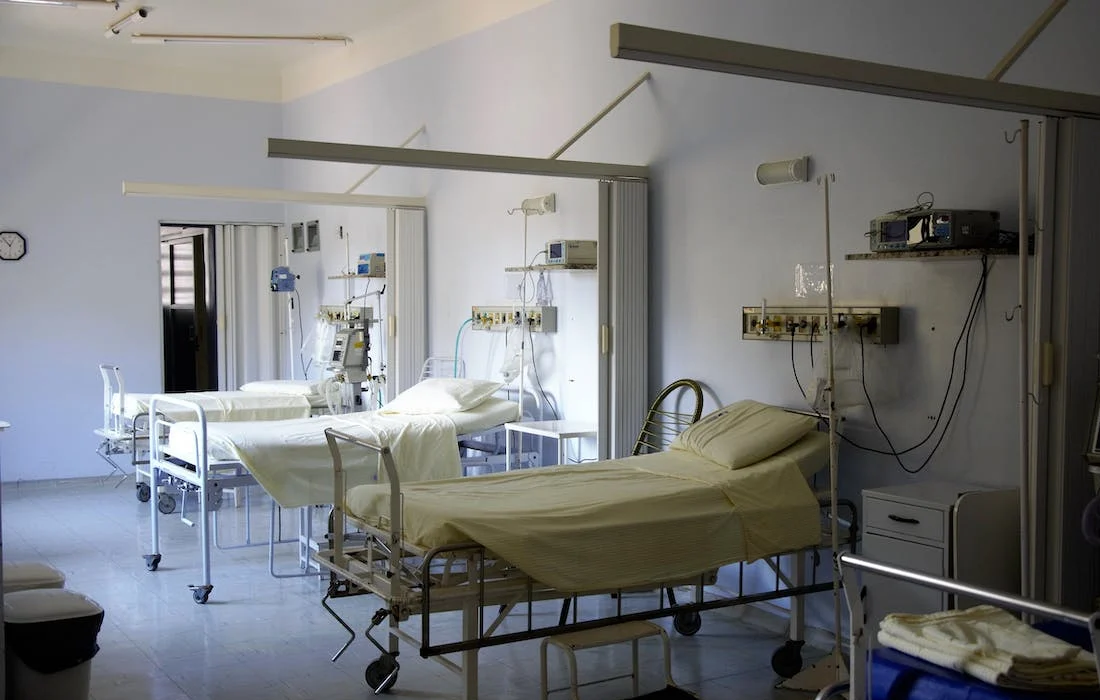Regenerative Medicine News and General Information
Severity of Bacterial Pneumonia and Microbiome
Pneumonia is an infection of the lung alveoli caused by bacteria, viruses or fungi. The microbial ecosystem (or microbiome) of the human respiratory tract colonizes different niches.
Scientists from the Institut Pasteur and the CNRS have demonstrated that the microbiome composition, pathogen load and clinical interventions influence the severity of bacterial pneumonia caused by Legionella pneumophila. The results were published in the journal Cell Reports Medicine on August 25, 2023.
In this study, scientists from the Biology of Intracellular Bacteria Unit, analyzed the diversity and composition of the respiratory tract microbiome (bacteria, archaea, fungi and protozoa) in patients with pneumonia caused by the intracellular bacterial pathogen Legionella pneumophila for their entire hospitalization period.
L. pneumophila is responsible for a severe pneumonia known as Legionnaires’ disease, which can be contracted by inhaling contaminated aerosols from artificial water sources such as showers, hot tubs or air conditioning systems.
The fatality rate for Legionnaires’ disease varies from 5 to 40% depending on the clinical context and the region. Confirmed cases of Legionnaires’ disease in the European Union went from 4,693 cases in 2005 to 10,004 cases in 2021, an increase of 113%.
The team of scientists combined high-throughput bacterial, archaeal and fungal marker gene sequencing with a quantification approach to characterize how the respiratory tract microbiome developed in patients over the course of infection and as a result of hospital-related interventions (such as mechanical ventilation and administration of antibiotics).
A unique cohort of 38 hospitalized patients with pneumonia caused by Legionella pneumophila was analyzed.
The scientists observed that early in hospitalization, microbiome diversity decreased and the pathogen L. pneumophila was killed by the antibiotic treatment. But the empty niche was soon occupied by other opportunistic species, often resistant to antimicrobials — a factor that should be considered in prevention strategies for secondary infections.
The respiratory tract microbiomes with the highest bacterial and fungal loads also showed lower diversity and pathogen enrichment, indicating that high biomass could be a biomarker for secondary and/or co-infections.
Finally, the scientists showed that Legionella biomass correlates with disease severity and comorbidities, suggesting that pathogen quantification should be included in patient monitoring. Clinical interventions such as mechanical ventilation or administration of certain types of antibiotics influence the microbiome composition and therefore also disease outcome.
Sources:
Ana Elena Pérez-Cobas, Christophe Ginevra, Christophe Rusniok, Sophie Jarraud, Carmen Buchrieser. The respiratory tract microbiome, the pathogen load, and clinical interventions define severity of bacterial pneumonia. Cell Reports Medicine, 2023; 101167 DOI: 10.1016/j.xcrm.2023.101167
Institut Pasteur. (2023, September 12). How the respiratory tract microbiome influences the severity of bacterial pneumonia. ScienceDaily. Retrieved September 12, 2023 from www.sciencedaily.com/releases/2023/09/230912165714.htm
Photo by Pixabay from Pexels: https://www.pexels.com/photo/bed-empty-equipments-floor-236380/

